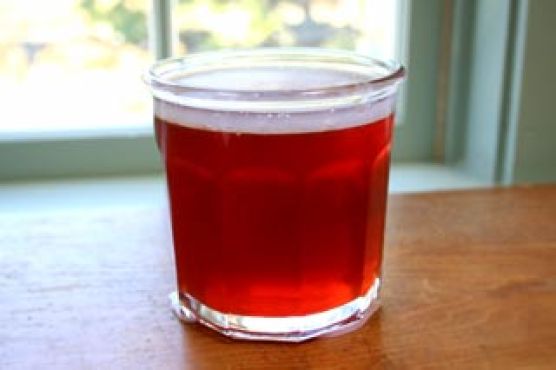Looking for a delicious and unique condiment to elevate your meals? Quince Jelly might just be the answer! This delightful spread is not only vegetarian and vegan but also gluten-free and dairy-free, making it suitable for a variety of dietary preferences. With its captivating golden hue and exquisite flavor, quince jelly is a delightful addition to your kitchen pantry.
Imagine spreading this luscious jelly on warm, crusty bread or pairing it with your favorite cheese for a sophisticated appetizer. The process of making quince jelly is both rewarding and enjoyable, allowing you to immerse yourself in the art of preserving. Made with just quince, water, and sugar, this jelly is simple yet full of flavor, showcasing the natural sweetness of quince fruit.
Taking about 45 minutes from start to finish, you'll find that each jar of quince jelly is as rewarding as the next. Perfect for gatherings, this recipe yields enough jelly to serve 40 people, making it a crowd-pleaser at parties or a thoughtful homemade gift for friends and family. Rich in pectin, quince creates a beautifully set jelly that is perfect for drizzling, spreading, or using as a dip. So why not give this charming recipe a try and let the sweet aroma of cooking quince fill your home?
